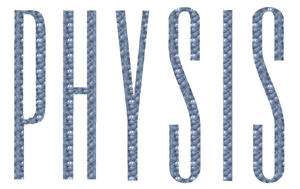It is a cost-effectiveness study that compares the Papanicolaou test to new screening technologies for uterine cervix neoplasm. The decision analytical model simulated economic and health impacts of screening technologies, whose outcomes were the detected cases of uterine cervix neoplasm or high-malignant precursory lesions. The study assessed the following screening strategies: Papanicolaou smear test; liquid-based cytology; hybrid capture-based human papillomavirus detection (HC-HPV), HC-HPV self-collection; association between Pap smear and HC-HPV; and association between liquid-based cytology and HC-HPV. Temporal universe was restricted to one year. The perspective adopted in this study was the one of the health system, considering only direct medical screening costs for detected cases, and using values proposed by the Brazilian Hierarchy Classification of Medical Procedures. The study also estimated possible prices for technologies excluded from the reimbursement table of the Brazilian Public Health System, so that cost-effectiveness relations would be at least equivalent to the Pap smear. Despite the fact that the Papanicolaou smear is more cost-effective, new screening technologies for cervix neoplasm may present better cost-effectiveness ratio depending on the prices adopted by the health sector.
Early diagnosis; cervix neoplasms; cost-effectiveness; Papanicolaou smear; human Papillomavirus; cytology









